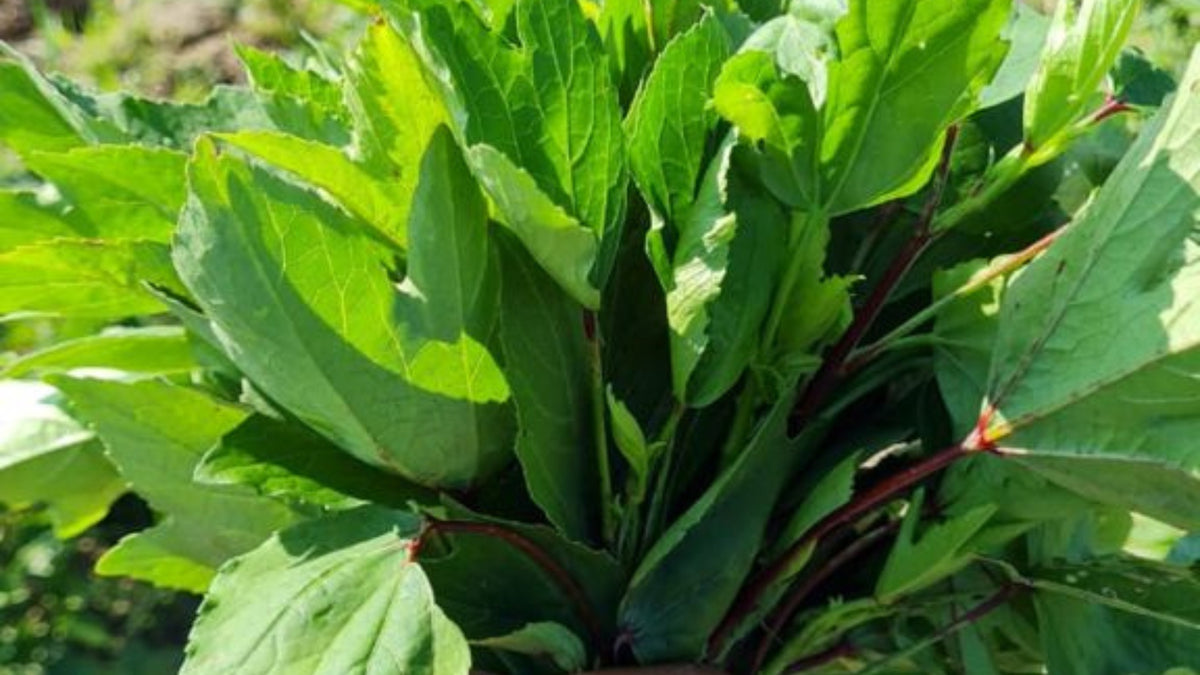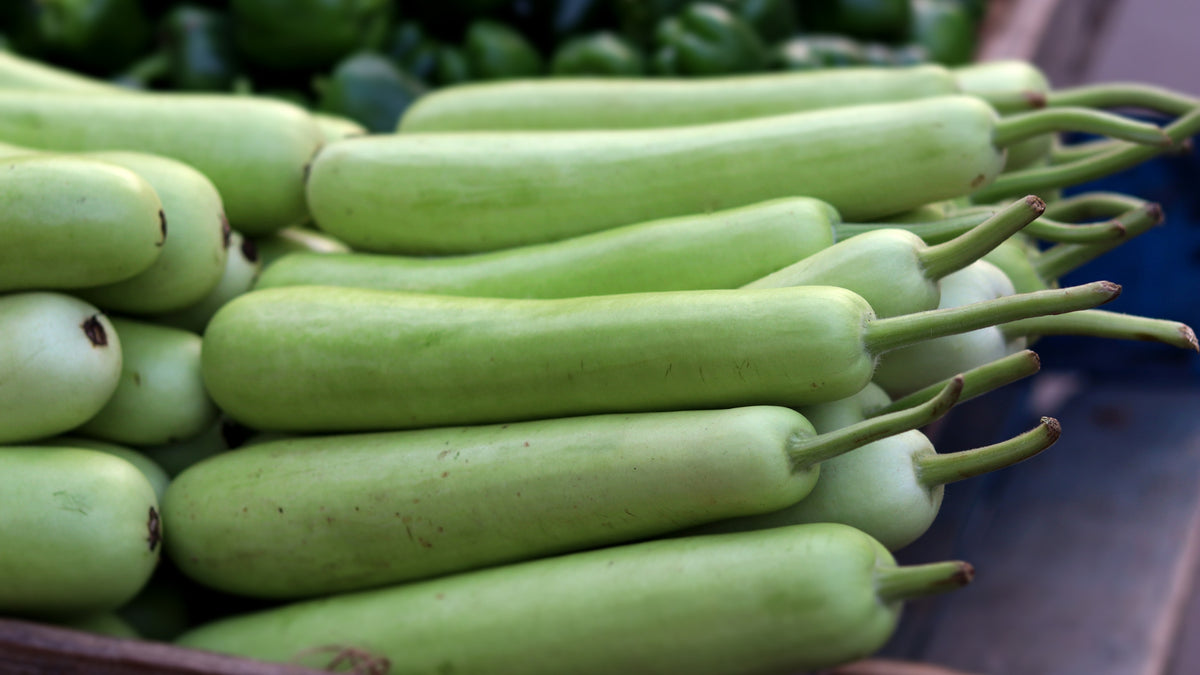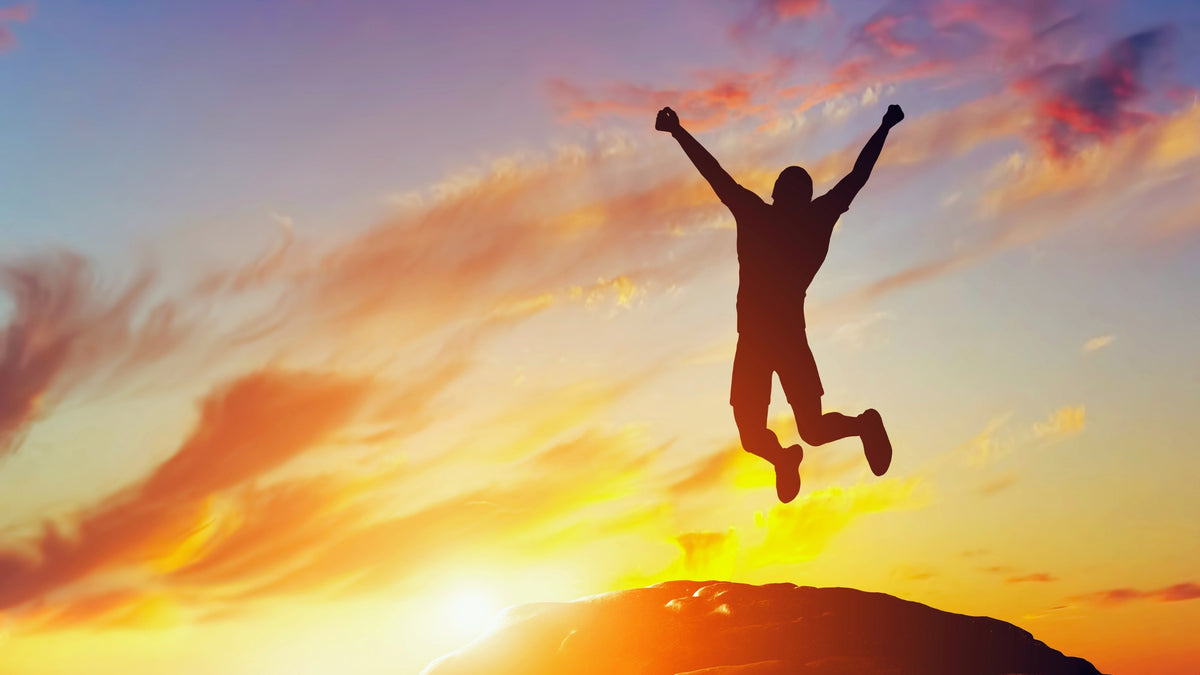
Abhyanga: Ayurvedic Self-Massage for Improved Wellness
Abhyanga, an ancient Ayurvedic practice, involves self-massage with warm, herbal oils. These oils are specially formulated using a base of sesame, castor, or coconut oil, and blended with specific herbs to address various doshic imbalances and health concerns. This daily self-care ritual, considered a core part of the Ayurvedic Dinacharya (daily) routine, promotes overall health and well-being.

The Significance of Vata Dosha
Ayurveda recognizes three primary doshas, or energies, that govern our mind and body: vata, pitta, and kapha. Vata dosha is associated with movement, air, and space. It plays a crucial role in bodily functions like circulation, elimination, and nerve impulses. Without balanced vata, the other doshas and bodily systems cannot function optimally.
Abhyanga: Balancing Vata Through Self-Massage
Abhyanga is a particularly beneficial practice for balancing vata dosha. The warm oil and massage strokes counteract the dry and active qualities of vata, promoting a sense of grounding and ease.
Benefits of Abhyanga Self-Massage
- Enhanced Circulation: Abhyanga helps improve blood flow throughout the body, promoting overall health and vitality.
- Organ Stimulation: The massage helps stimulate internal organs, encouraging proper function and detoxification.
- Lymphatic Drainage: Abhyanga helps drain stagnant lymph fluid, supporting the body's natural detoxification process.
- Increased Strength and Stamina: Regular self-massage helps support muscle tone and endurance.
- Nourished Skin and Nervous System: Abhyanga nourishes the skin while promoting relaxation and nervous system balance.
- Reduced Vata Imbalances: This practice helps to reduce vata-related issues like dryness, constipation, and anxiety.
- Improved Vision: Abhyanga is believed to support eyesight, although more research is needed.
- Anti-Aging Properties: The massage may promote healthy aging by nourishing tissues and improving circulation.
- Enhanced Muscle Tone and Joint Lubrication: Abhyanga supports healthy muscles, tendons, and ligaments.
Ayurvedic Oils for Abhyanga
Which oil to choose for Abhyanga depends on your individual needs and doshic balance. Here are some popular Ayurvedic oils and their useful benefits.
- Kshirabala Oil balances both vata and pitta dosha, supports and nourishes vata and pitta disorders related to the muscles, bones, nerves, and joints, and is especially a nervine tonic.
- Dhanwantharam Oil balances and nourishes vata dosha, supports vata related disorders of the muscles, bones, nerves, and joints.
- Valiya Sahacharadi Oil balances vata dosha, the main herb sahachara is useful for many types of vata disorders relating to the nervous system in the legs.
- Maha Bala Oil balances vata, the main herb bala mula nourishes and supports male and female reproductive health, postdelivery care, and nourishes weak bones, muscles and nerves.
- Balashwagandha Oil balances both vata and pitta dosha, the main herb is ashwagandha which supports and nourishes the muscles, nerves and bones, and helps to ease pain.
- Lakshadi Oil Lakshadi Oil is a nourishing rejuvenative oil, the main herb laksha supports post illness recovery and growth development in children.
- Mahanarayana Oil balances vata dosha, the main herbs are dasamula and shatavari juice. This is an extremely popular oil and is useful for vata related disorders relating to all types of weakness.
Steps for Abhyanga Self-Massage at Home
- Warm the Oil: If desired, warm your oil using a safe method like placing the bowl in a pan of hot water (not directly on the stove). The oil should be lukewarm, comfortable to the touch, not hot.
- Begin Your Self-Massage: Pour a small amount of oil into your palms and rub them together to distribute it evenly. Start at your feet and work your way upwards.
- Foot Massage: Gently massage the soles and tops of your feet using circular motions. Pay attention to your toes and ankles.
- Legs: Using long strokes, massage upwards from your ankles towards your heart. Focus on your calves, thighs, and kneecaps with gentle circular motions.
- Hands and Arms: Spread the oil over your hands and massage each finger individually. Use long strokes up your forearms towards your shoulders, incorporating circular motions at the elbows.
- Chest and Back: For your chest, use gentle circular motions in a clockwise direction. Avoid massaging directly on your heart. For your back, use long strokes up and down either with your hands or with the help of a long-handled massage tool.
- Abdomen: Following the direction of your large intestine, massage your abdomen in a clockwise motion. Start at your lower right side, move upwards across your belly button, and then down your left side.
- Neck and Shoulders: Use gentle strokes to massage your neck and shoulders, working upwards towards your head. Be mindful not to apply too much pressure.
- Head Scalp: Pour a small amount of oil onto your scalp and massage gently with your fingertips using circular motions.
- Relaxation: After completing the massage, allow the oil to stay on your skin for 15-20 minutes. This allows for deeper absorption of the oil's benefits.
- Clean Up: Take a warm bath or shower using a gentle cleanser to remove excess oil.
- Stay Warm: Towel dry and make sure to stay warm for several hours.
Additional Tips
- Maintain a light and rhythmic breathing pattern throughout the massage.
- If any area feels sore or uncomfortable, avoid applying pressure and massage gently.
- It's best to perform Abhyanga on an empty stomach or at least 2 hours after a meal.
- Ideally, practice Abhyanga daily or a few times a week for optimal benefits.
Embrace the Ayurvedic practice of Abhyanga and experience a renewed sense of well-being in the comfort of your own home!
AYURVEDIC CONSULTATION
Kottakkal is committed to offering the highest quality Ayurvedic Healthcare. We offer two ways to have an Ayurvedic consultation. 1. Free 15-minute Consultation with our Ayurvedic practitioner, Julie Wardwell, for when you need a product recommendation for a basic health problem. 2. In-depth Consultation with our Ayurvedic doctor, Vaidya Vishwanath Guddadar for when your condition is chronic with multiple symptoms.
Disclaimer: These statements have not been evaluated by the Food and Drug Administration. Kottakkal Ayurveda products and information are not intended for use in the diagnosis, treatment, cure, or prevention of any disease. If you have serious, acute, or chronic health problems, please consult a trained health professional. If you are seeking the advice of a trained Ayurvedic professional, call (800) 215-9934 or email us at contact@kottakkal.shop. We will provide you with information to consult with Ayurvedic professionals. Always check with your doctor before taking herbs when pregnant or nursing.
Also in Healing with Kottakkal Ayurveda

Food is Medicine - Organic Gongura Leaf
Gongura, often referred to as Indian sorrel, is a leafy green vegetable packed with an array of health benefits. This vibrant green is a treasure trove of essential vitamins, minerals, and antioxidants.

Food Is Medicine - Organic Bottle Gourd

Boosting Energy and Rejuvenation with Narasimha Rasayana
Narasimha Rasayanam is an herbal jam formulated with base ingredients of butter, honey, and milk. This time-tested remedy is believed to promote balance within the body's three doshas, vata, pitta, and kapha and supports a range of health concerns. From supporting physical strength and hair health to promoting rejuvenation and cognitive function, Narasimha Rasayanam offers a multifaceted approach to well-being.


Vaidya Vishwanath
Vaidya Vishwanath grew up in Pune, India which is hub of traditional Ayurvedic gurukul teachings, following the principles of Ayurveda as part of his culture. He has dedicated his career over the past 1 ½ decades to the science of Ayurveda.